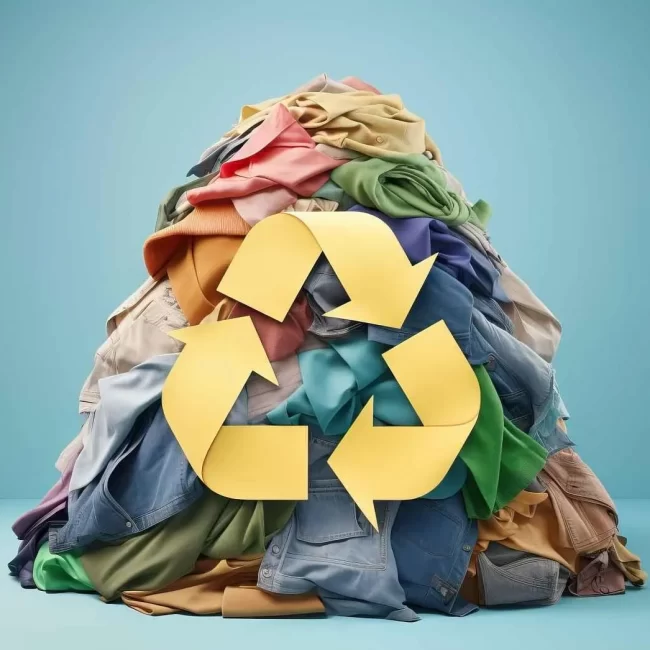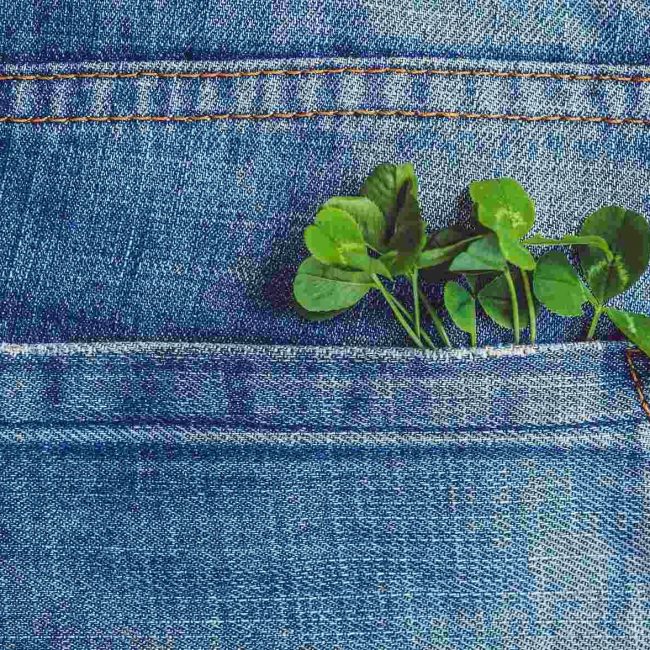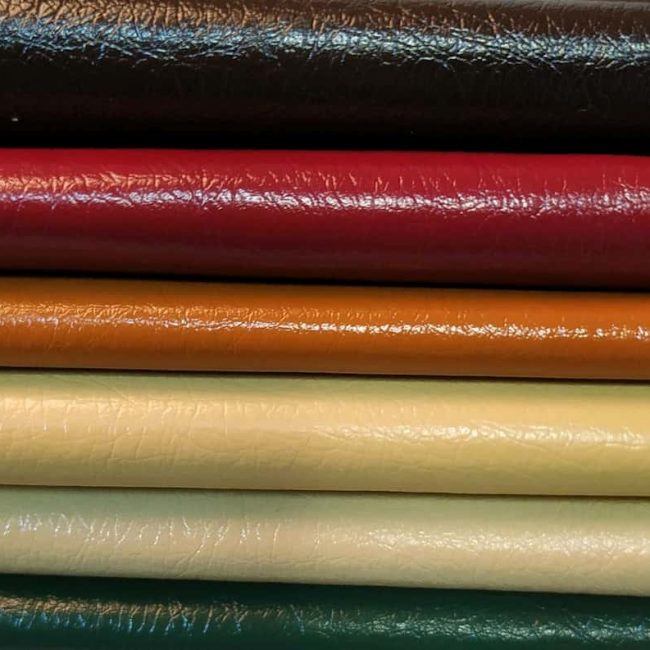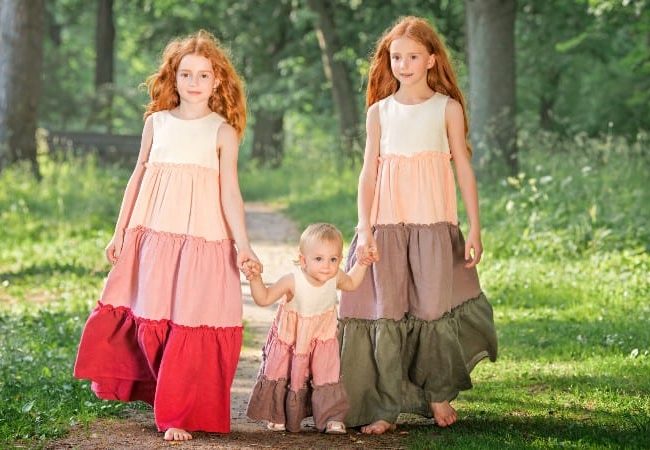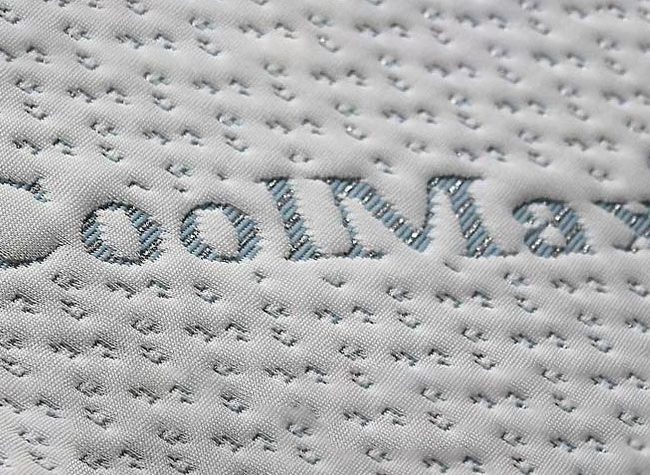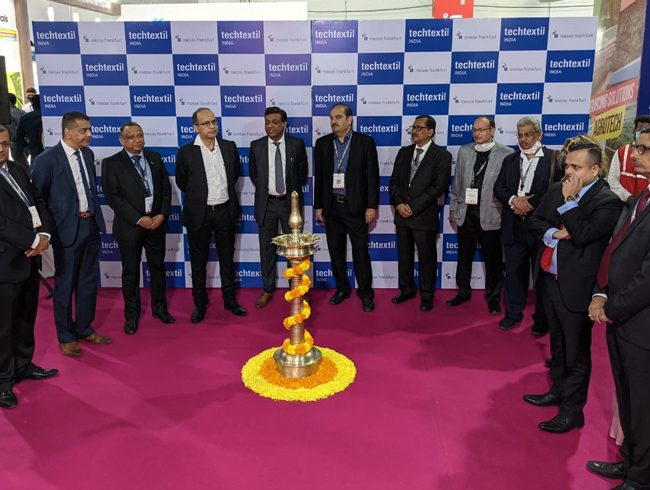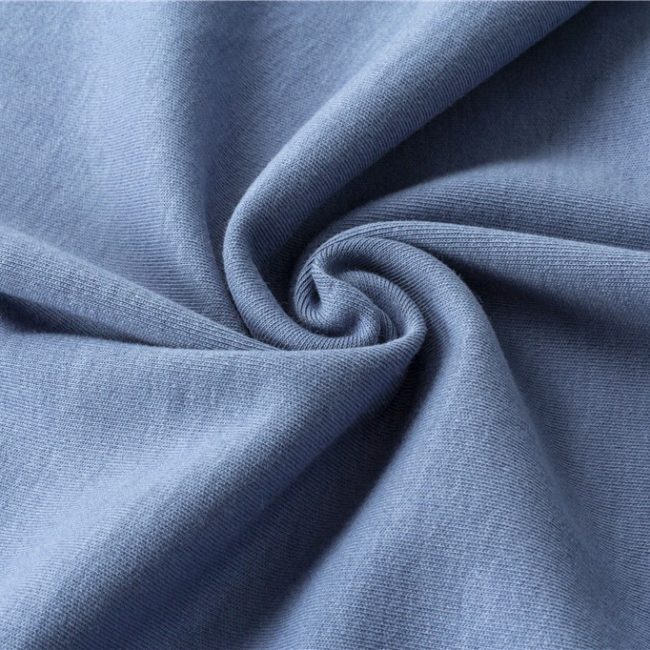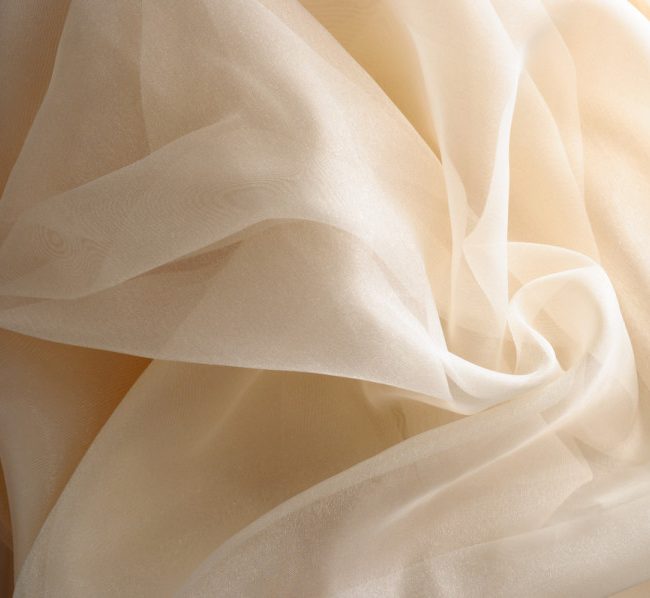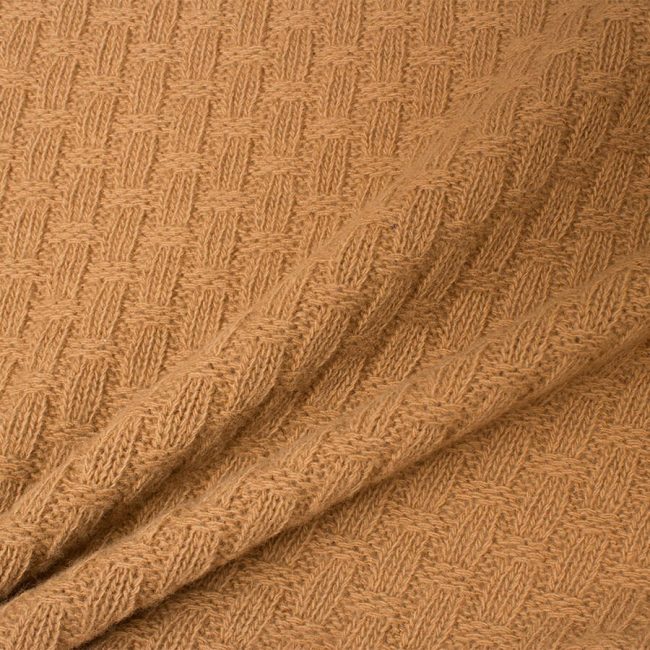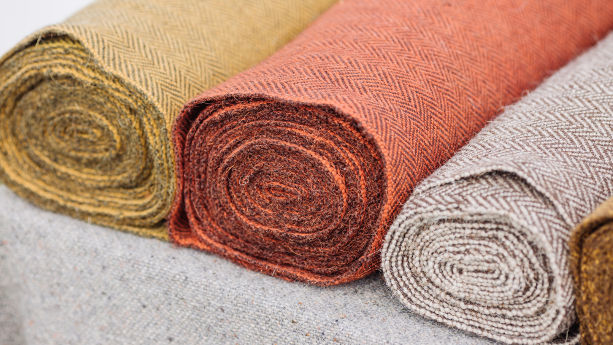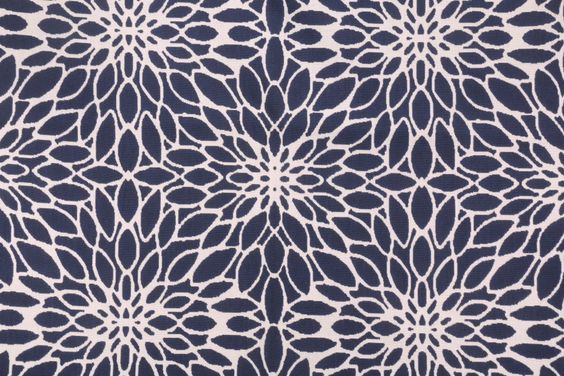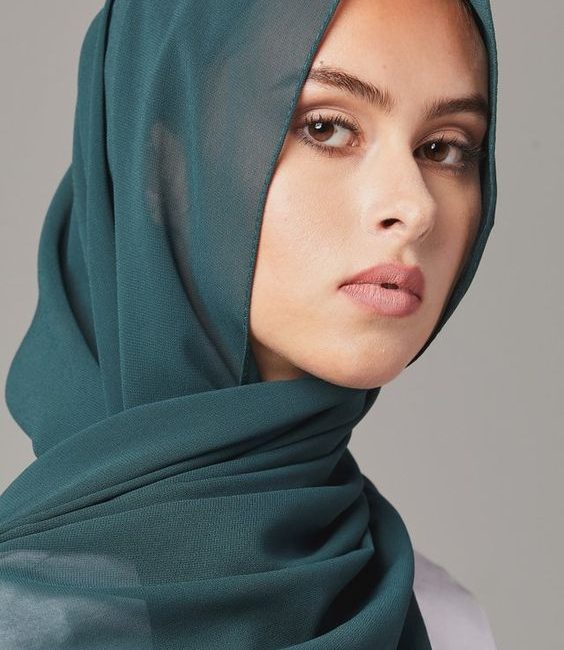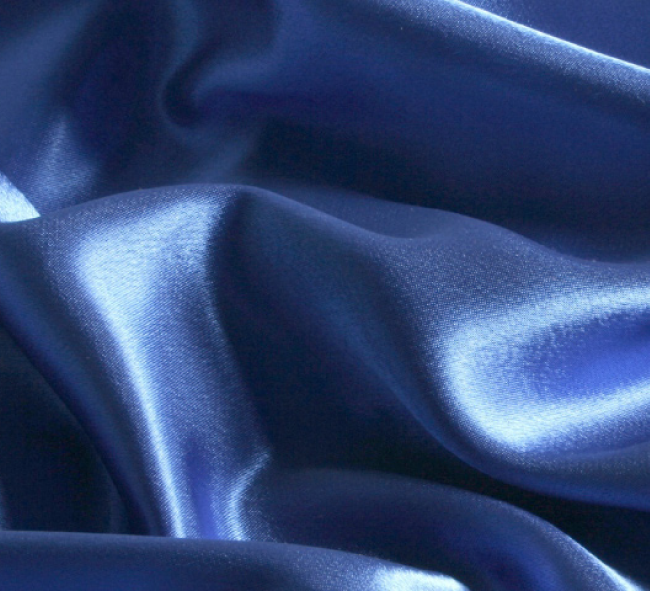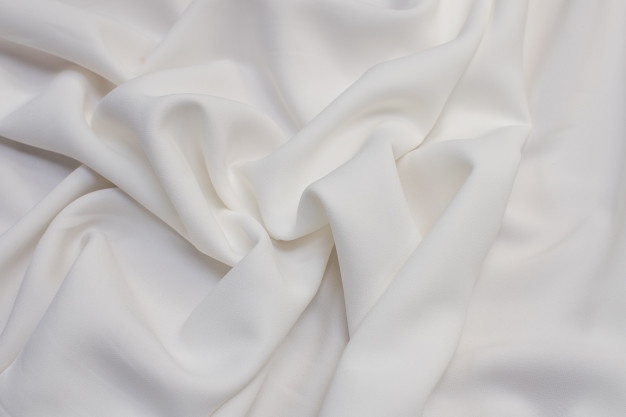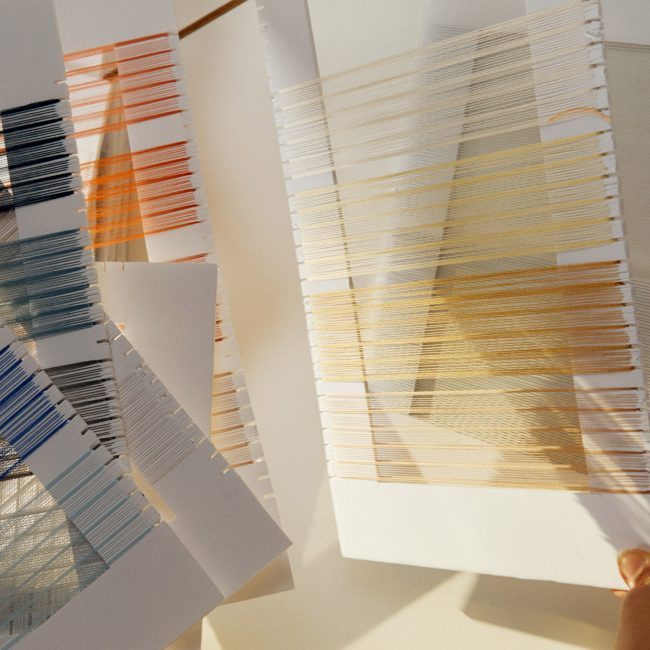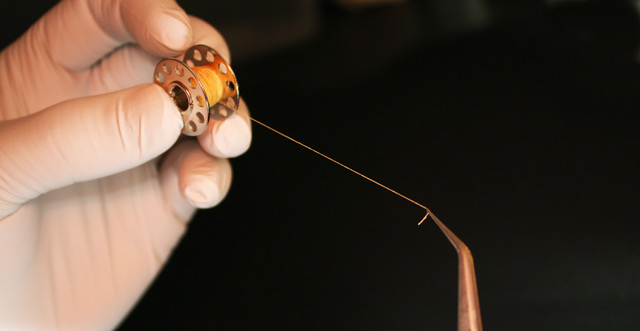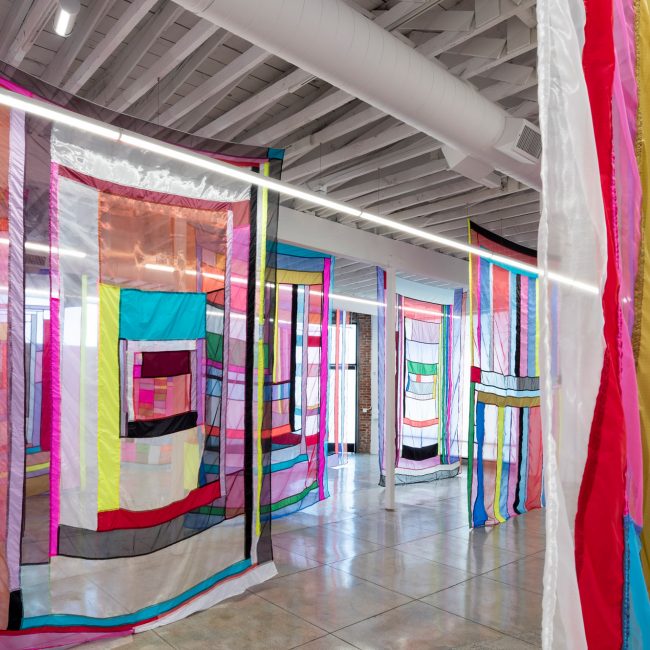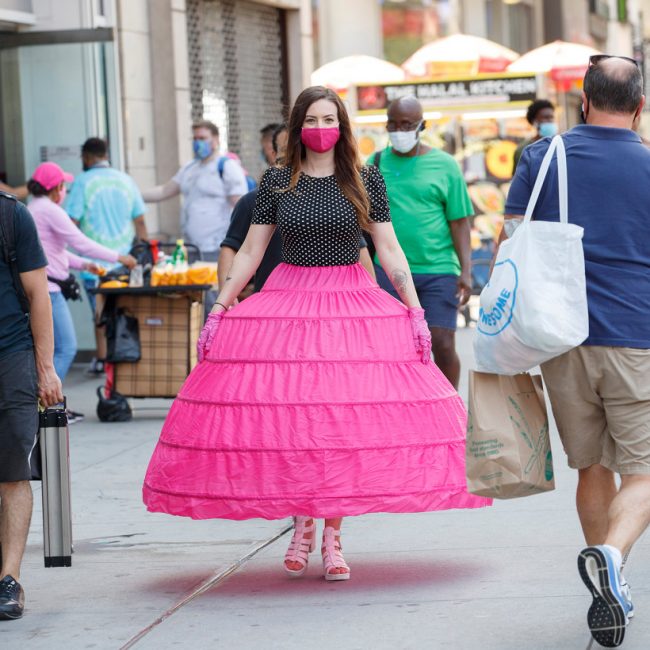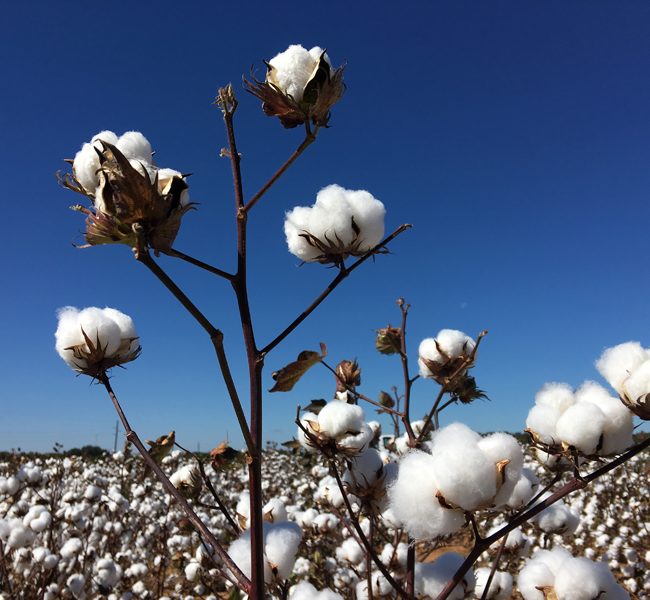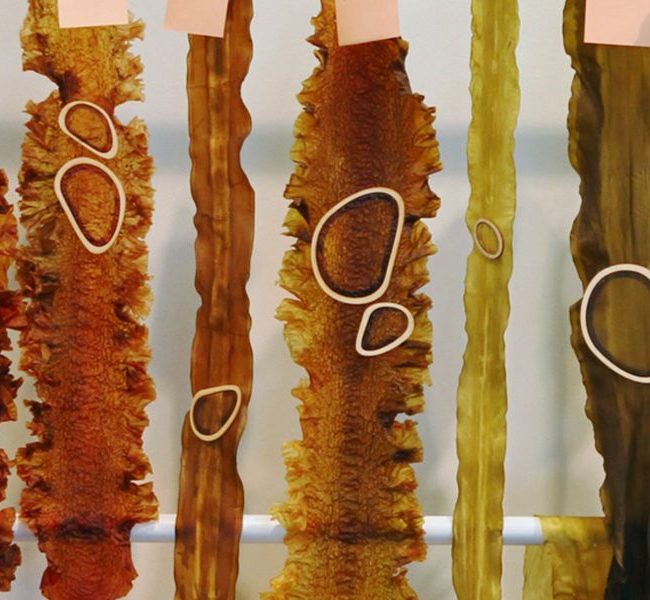What is Knitting?
Knitting is a method by which yarn is manipulated to create a textile or fabric; it is used in many types of garments. it may be done by hand or by machine.
it creates stitches: loops of yarn in a row, either flat or in the round (tubular). There are usually many active stitches on the knitting needle at one time. Knitted fabric consists of a number of consecutive rows of connected loops that intermesh with the next and previous rows. As each row is formed, each newly created loop is pulled through one or more loops from the prior row and placed on the gaining needle so that the loops from the prior row can be pulled off the other needle without unraveling.
Differences in yarn (varying in fibre type, weight, uniformity and twist), needle size, and stitch type allow for a variety of knitted fabrics with different properties, including color, texture, thickness, heat retention, water resistance, and integrity. A small sample of knitwork is known as a swatch.
What is weft and warp knittings?
There are two major varieties of knitting: weft knitting and warp knittings. In the more common weft knittings, the wales are perpendicular to the course of the yarn. In warp knittings, the wales and courses run roughly parallel. In weft knitting, the entire fabric may be produced from a single yarn, by adding stitches to each wale in turn, moving across the fabric as in a raster scan. By contrast, in warp knittings, one yarn is required for every wale. Since a typical piece of knitted fabric may have hundreds of wales, warp knittings is typically done by machine, whereas weft knittings is done by both hand and machine. Warp-knitted fabrics such as tricot and milanese are resistant to runs, and are commonly used in lingerie.






